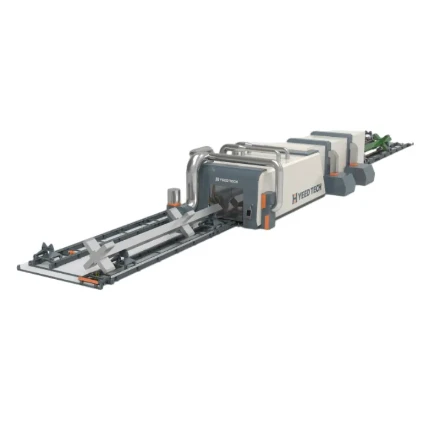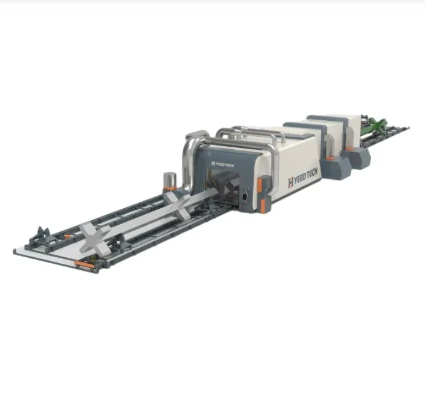
- Afrikaans
- Albanian
- Amharic
- Arabic
- Armenian
- Azerbaijani
- Basque
- Belarusian
- Bengali
- Bosnian
- Bulgarian
- Catalan
- Cebuano
- China
- China (Taiwan)
- Corsican
- Croatian
- Czech
- Danish
- Dutch
- English
- Esperanto
- Estonian
- Finnish
- French
- Frisian
- Galician
- Georgian
- German
- Greek
- Gujarati
- Haitian Creole
- hausa
- hawaiian
- Hebrew
- Hindi
- Miao
- Hungarian
- Icelandic
- igbo
- Indonesian
- irish
- Italian
- Japanese
- Javanese
- Kannada
- kazakh
- Khmer
- Rwandese
- Korean
- Kurdish
- Kyrgyz
- Lao
- Latin
- Latvian
- Lithuanian
- Luxembourgish
- Macedonian
- Malgashi
- Malay
- Malayalam
- Maltese
- Maori
- Marathi
- Mongolian
- Myanmar
- Nepali
- Norwegian
- Norwegian
- Occitan
- Pashto
- Persian
- Polish
- Portuguese
- Punjabi
- Romanian
- Russian
- Samoan
- Scottish Gaelic
- Serbian
- Sesotho
- Shona
- Sindhi
- Sinhala
- Slovak
- Slovenian
- Somali
- Spanish
- Sundanese
- Swahili
- Swedish
- Tagalog
- Tajik
- Tamil
- Tatar
- Telugu
- Thai
- Turkish
- Turkmen
- Ukrainian
- Urdu
- Uighur
- Uzbek
- Vietnamese
- Welsh
- Bantu
- Yiddish
- Yoruba
Februari . 05, 2025 05:28
Back To List
Heavy Steel Structure Painting Line
Steel truss beams are an integral part of modern construction, characterized by their strength, versatility, and durability. These structural components are indispensable in the architecture of bridges, buildings, and stadiums, playing a crucial role in ensuring the stability and longevity of structures. Understanding their application, benefits, and installation is essential for architects, engineers, and builders who aim to optimize their projects for safety and efficiency.
Real-life applications of steel truss beams highlight their benefits effectively. Take, for instance, the design of sports stadiums where large, open spaces are needed without internal supports obstructing views. Here, the long-spanning capability of steel trusses becomes invaluable. In bridge construction, the choice of steel trusses can facilitate the spanning of great distances while maintaining load support, delivering both functionality and minimalistic beauty. The installation of steel truss beams is a process that demands precision and expertise. It begins with a detailed analysis and design phase, where engineering specifications are precisely calculated to ensure the integrity and safety of the structure. During installation, sophisticated lifting equipment is used to place the trusses, followed by meticulous welding and bolting to secure the framework. This stage underscores the importance of experienced professionals who can navigate the complexities inherent in steel truss installation, ensuring that the structure not only meets code requirements but stands the test of time. Safety, of course, is a paramount concern during the application and installation of steel truss beams. Rigorous standards and protocols, such as those established by the American Institute of Steel Construction (AISC) or local building codes, must be adhered to at every stage of the construction process. Regular inspections and maintenance schedules should be followed to prolong the life and serviceability of the truss, ensuring that any signs of wear or damage are promptly addressed. In conclusion, steel truss beams are a cornerstone of modern construction, valued for their strength, versatility, and contribution to sustainable building practices. Their application requires a blend of architectural creativity and engineering rigour, underscoring the importance of expertise and precise execution. As advancements in technology and design continue to evolve, steel truss beams will remain at the forefront of innovative and responsible construction, underpinning the growth of cities and infrastructures globally.


Real-life applications of steel truss beams highlight their benefits effectively. Take, for instance, the design of sports stadiums where large, open spaces are needed without internal supports obstructing views. Here, the long-spanning capability of steel trusses becomes invaluable. In bridge construction, the choice of steel trusses can facilitate the spanning of great distances while maintaining load support, delivering both functionality and minimalistic beauty. The installation of steel truss beams is a process that demands precision and expertise. It begins with a detailed analysis and design phase, where engineering specifications are precisely calculated to ensure the integrity and safety of the structure. During installation, sophisticated lifting equipment is used to place the trusses, followed by meticulous welding and bolting to secure the framework. This stage underscores the importance of experienced professionals who can navigate the complexities inherent in steel truss installation, ensuring that the structure not only meets code requirements but stands the test of time. Safety, of course, is a paramount concern during the application and installation of steel truss beams. Rigorous standards and protocols, such as those established by the American Institute of Steel Construction (AISC) or local building codes, must be adhered to at every stage of the construction process. Regular inspections and maintenance schedules should be followed to prolong the life and serviceability of the truss, ensuring that any signs of wear or damage are promptly addressed. In conclusion, steel truss beams are a cornerstone of modern construction, valued for their strength, versatility, and contribution to sustainable building practices. Their application requires a blend of architectural creativity and engineering rigour, underscoring the importance of expertise and precise execution. As advancements in technology and design continue to evolve, steel truss beams will remain at the forefront of innovative and responsible construction, underpinning the growth of cities and infrastructures globally.
Products Categories
Latest News
-
Unmatched Mobility and Efficiency in Container Handling Equipment
NewsJun.26,2025 -
Streamlined Approaches and Equipment for Container Handling
NewsJun.26,2025 -
Revolutionizing Cargo Management: Solutions for ISO Container Handling
NewsJun.26,2025 -
Equipment Insights: Revolutionizing Container Handling Operations
NewsJun.26,2025 -
Critical Components for Efficient Shipping Container Handling
NewsJun.26,2025 -
Advanced Equipment and Systems for Efficient Container Storage and Handling
NewsJun.26,2025 -
Unrivaled Components in Structural Engineering Solutions
NewsMay.28,2025











